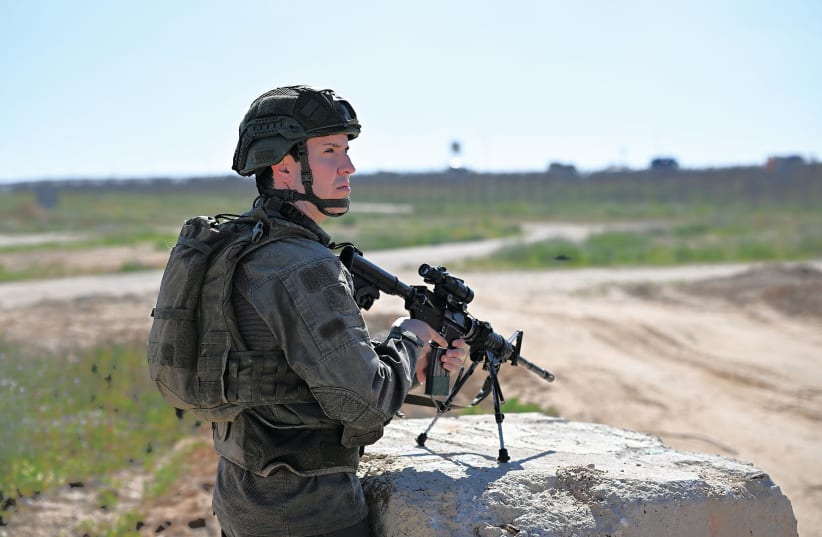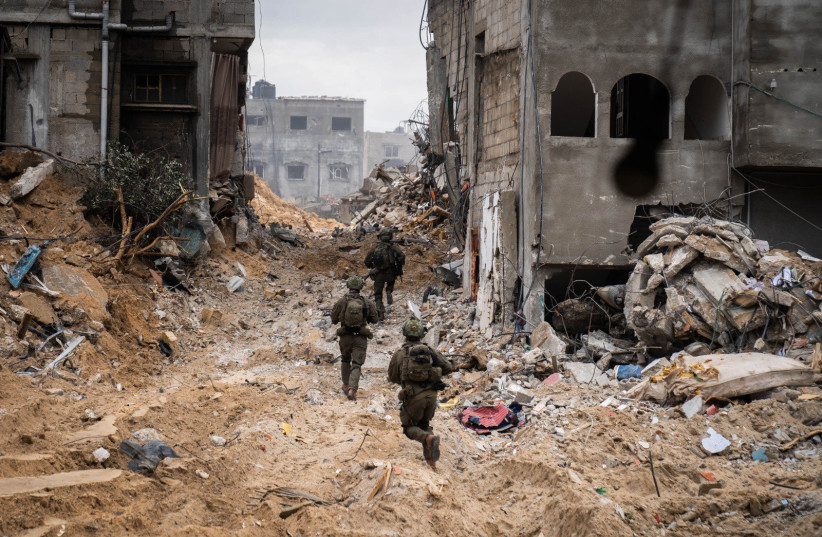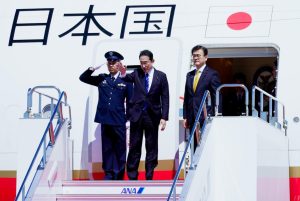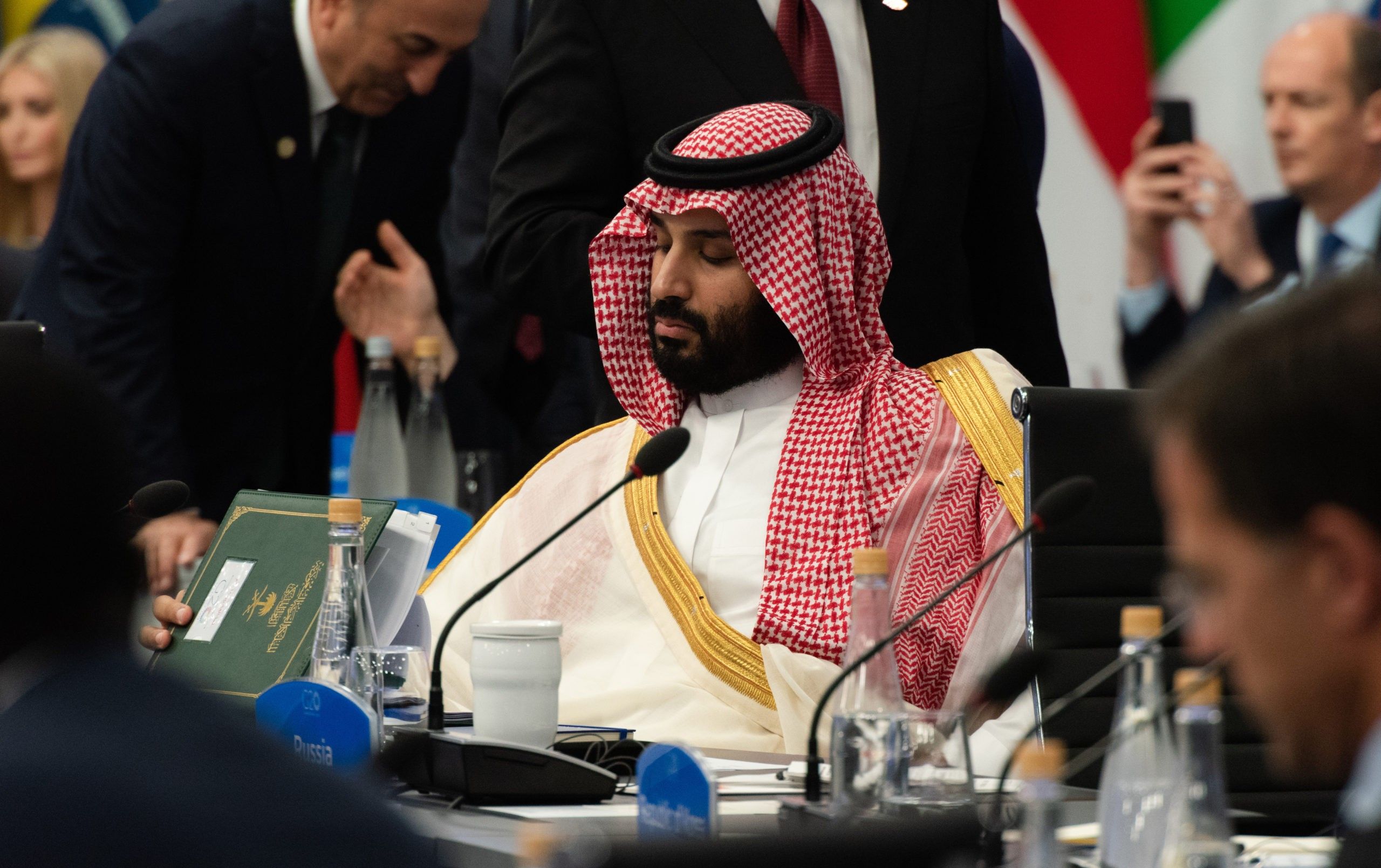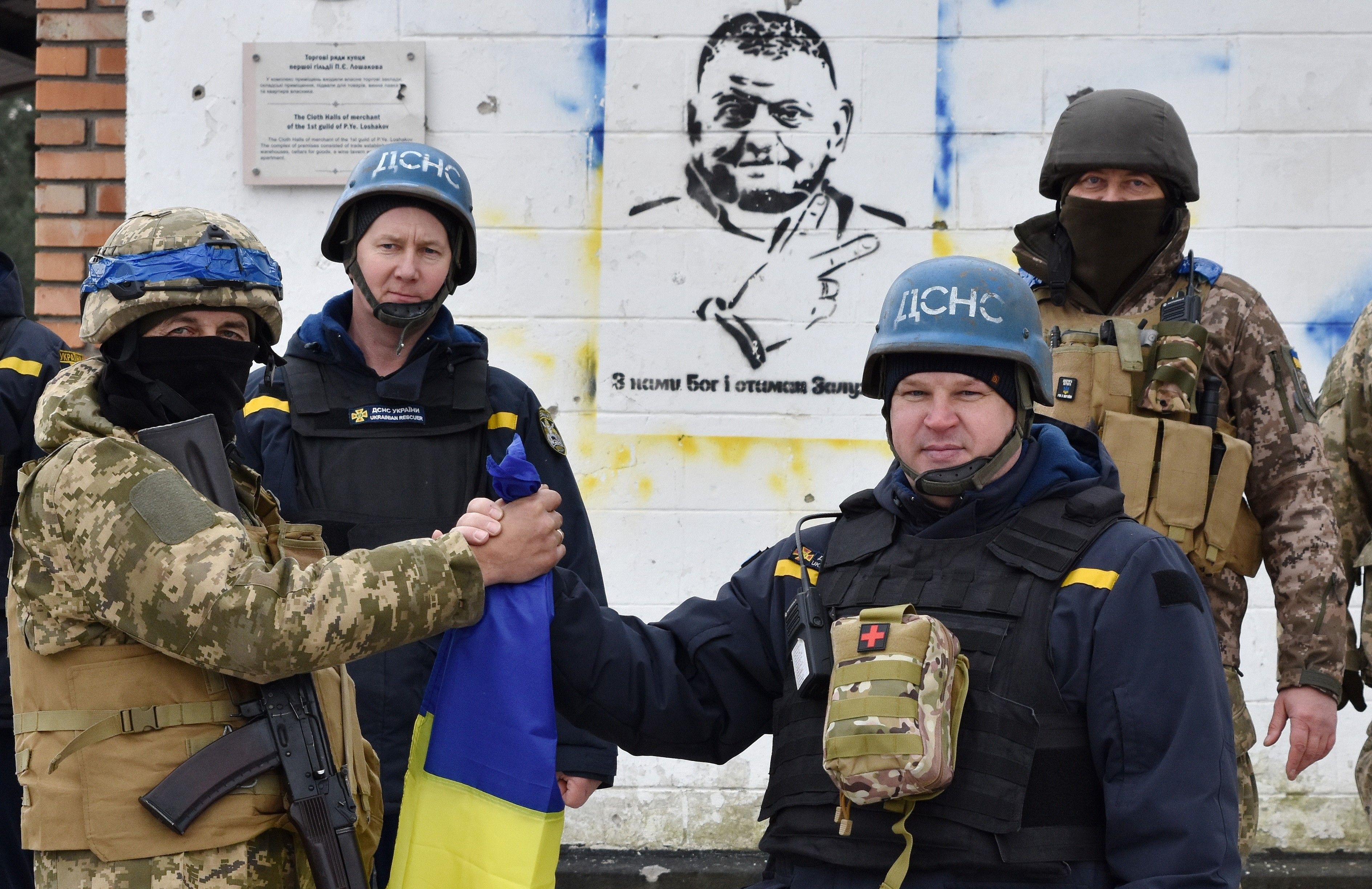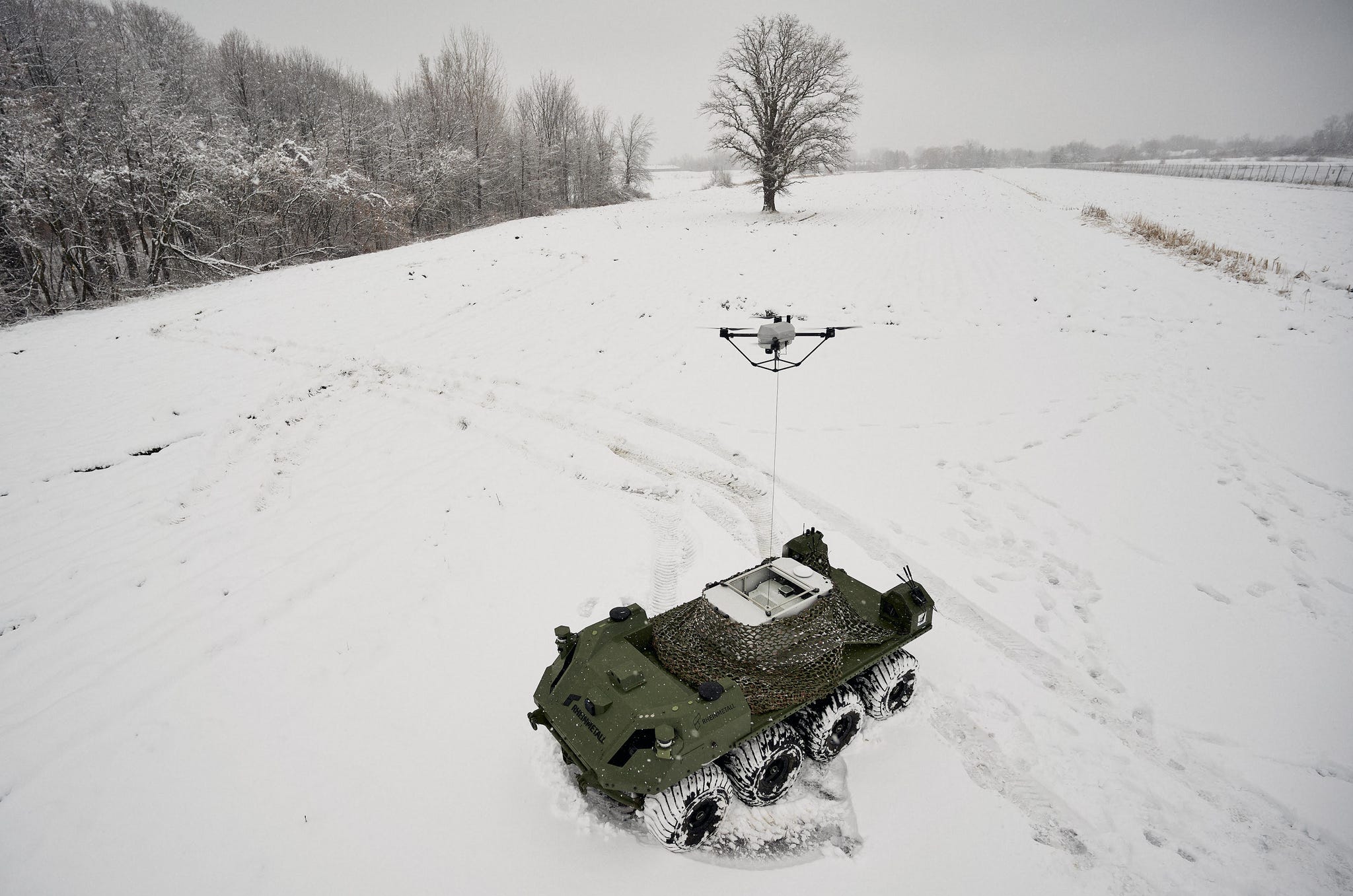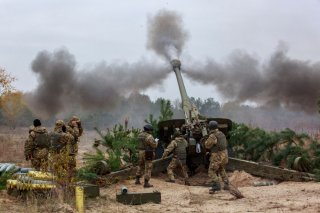FRANTZMAN
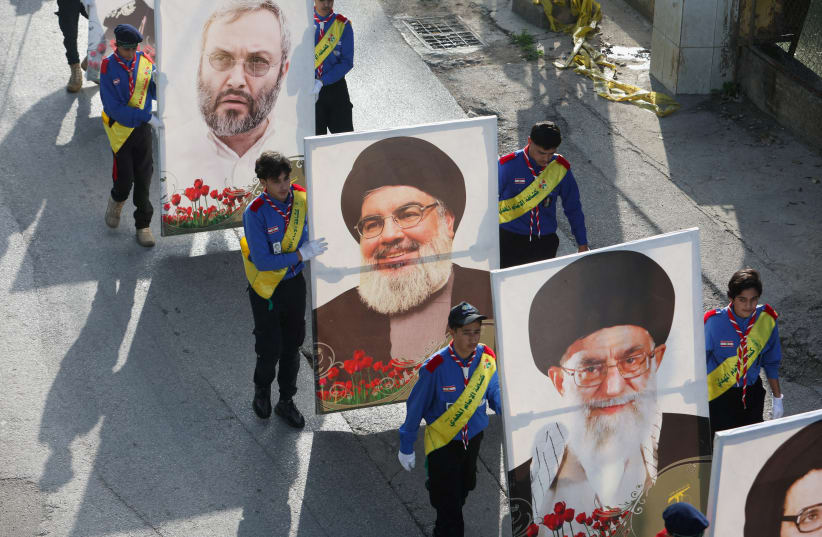
Israel is now focused on the threat from Hezbollah, which has fired more than 2,000 rockets and dozens of anti-tank guided missiles and drones at Israel from October 8 to January 9.
The Hezbollah threat is also changing.
The group has embedded itself within communities in southern Lebanon over several decades. It has built tunnels and bunkers, and has built observation posts.
On February 3, IDF spokesperson R.-Adm. Daniel Hagari delivered an extensive assessment of the Hezbollah threat. The data he provided and other data underscore the issues facing northern Israel.
First of all, Israel has evacuated 80,000 residents of communities along the northern border, and both Defense Minister Yoav Gallant and Chief of Staff Lt.-Gen. Herzi HaLevi warned in late January that the likelihood of conflict had increased.
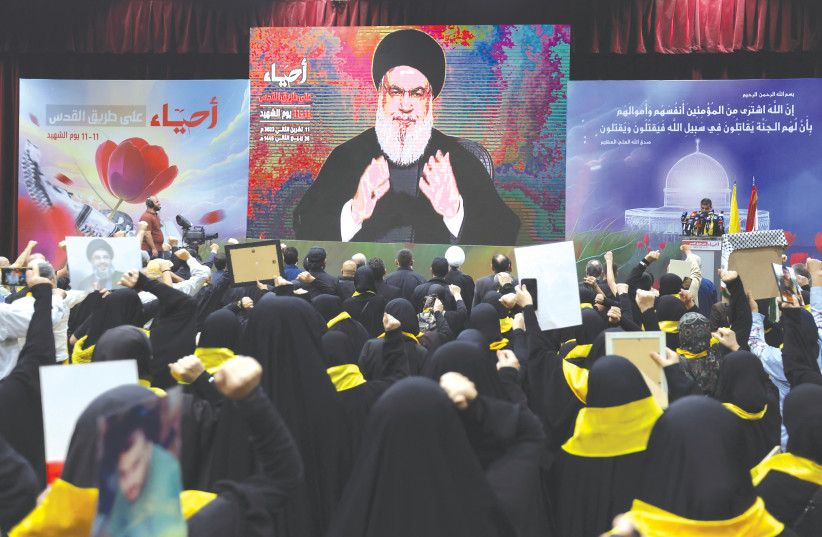
HEZBOLLAH LEADER Hassan Nasrallah addresses his supporters during a rally commemorating the annual Hezbollah Martyrs’ Day, in Beirut last month.
The ministry director-general also visited the north last week and detailed the damage caused to some 430 homes on the border by Hezbollah attacks.
Hagari said on February 3 that three IDF divisions deployed along the border have responded with defensive and offensive operations. Over 3,400 Hezbollah targets have been struck, and 200 terrorists targeted, with 150 terror cells struck and 120 Hezbollah observation posts hit.
Forty weapon stores have been struck along with 40 “command and control” centers.
